By: Harin Contractor.
A lot has been said about how the COVID-19 pandemic has been exacerbated by the digital divide in education, health care and elsewhere.
Overnight, millions of students were consigned to the wild wild west of distance learning at home. And we are quickly discovering the depth of the digital divide in the field of education, and that its dimensions reach far beyond the simple notion of just having broadband inside the home.
Currently, distance learning is breaking down for many reasons. Nearly three months into distance learning in Philadelphia, fewer than half of the students participated in their virtual classroom. Los Angeles’ largest school district reported 15,000 students were absent from online learning, even after many students received distance learning devices.
The lack of planning by school systems is probably the most significant failure. Surveys show that nearly 65% of teachers worldwide were completely unprepared for what the distance education transition requires, and it takes a lot: understanding the technology, updating curricula, in-home supervision especially in single-parent households, literacy and a range of other baked-in sociological factors.
Inequities, already ubiquitous in public education, are also deepening in distance education. Forty-three percent of Hispanics and 42% of African American students don’t have a desktop or laptop at home, and 33% of urban students lack home computers.
And even if students get devices from their local schools, we face a digital literacy crisis. One survey found many fifth and eighth graders are insufficiently prepared digitally.
In order to fix the distance education challenge, government, business and nonprofit leaders must come together and get our nation’s best minds focused on every aspect of the problem. The future of our education, health care and so many other institutions depend on it.
Through the CARES Act, Congress is trying to address some of the device gap and other divide challenges by appropriating $13.2 billion in grants for elementary and secondary schools. Congress wisely sees that the distance education challenge involves many issues simultaneously and appropriated funds for a wide range of purposes — curricula, computers, broadband connectivity, software and so on.
It’s a useful start, but unless the education community, parents, community leaders and students all rally to fix the underlying challenges, we will be climbing a steep hill on education this fall and beyond.
While many broadband providers have stepped up to provide $10 a month broadband internet service to low-income households — and some are even offering free service to many homes during COVID-19 — we need the flexibility on E-Rate and CARES funds to beta-test other broadband adoption strategies. For instance, we should use these funds to help broadband providers wire every single unconnected home in a community where that provider already servicing a school.
Other ideas should also be tested, including incentivizing even more low-cost broadband by returning universal service contributions to broadband providers that take such initiatives. Federal funds should also better support public libraries, which have become critical learning centers for many communities during social distancing phase of education and training.
But most fundamentally, it’s time for the government and private sector partners to set up a national blended learning, mentoring and tutoring effort. Unless we think big along those lines, students will remain sidelined this fall regardless of how much broadband connectivity and devices they have.
Big structural change ideas must include massive new digital literacy efforts in urban and rural America where the online education gaps are most stark. Policy leaders must remember that the divide is as much an adoption issue as anything else; many non-adopting homes don’t see the relevance of the internet or may prefer their mobile device.
This crisis allows us the opportunity to reinvent our education system and make it more fair and inclusive to reflect our 21st century realities.
Source of the article: https://www.detroitnews.com/story/opinion/2020/07/16/opinion-we-can-use-covid-19-pandemic-reinvent-digital-education/5450925002/
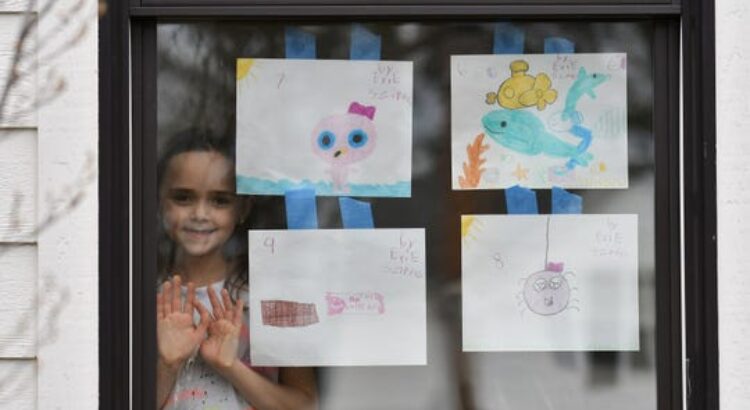
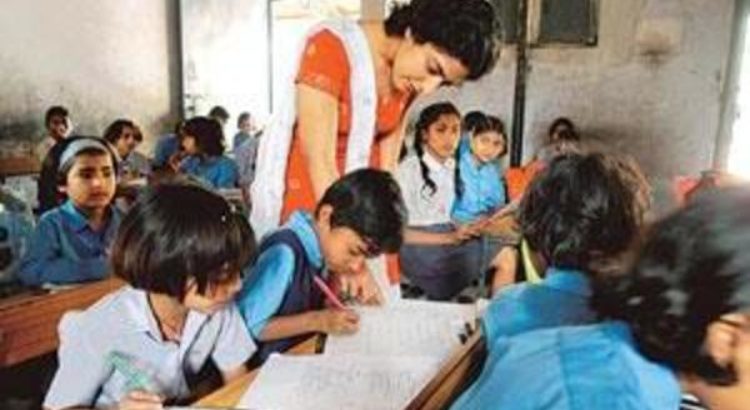
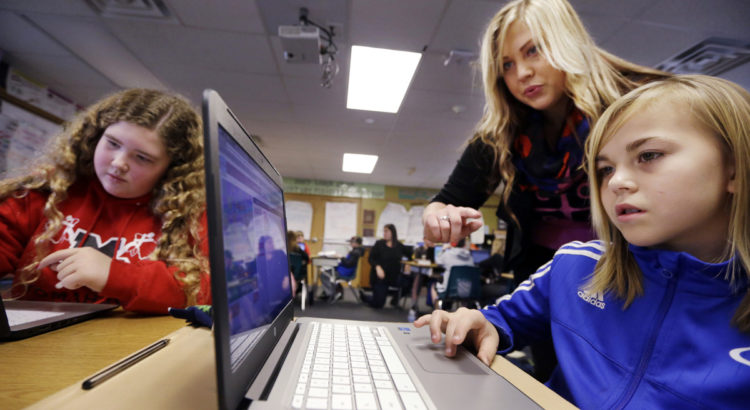

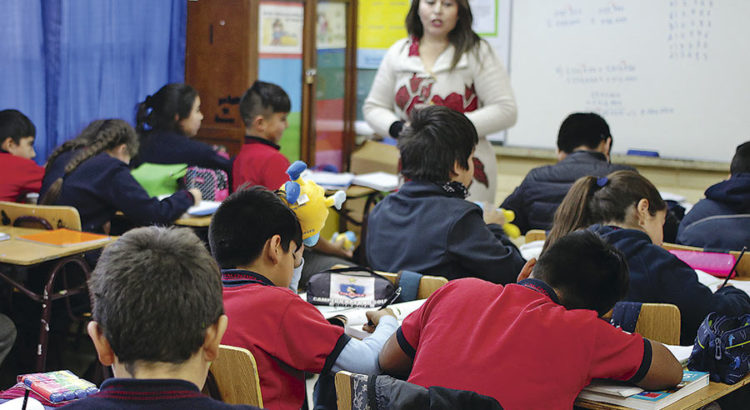
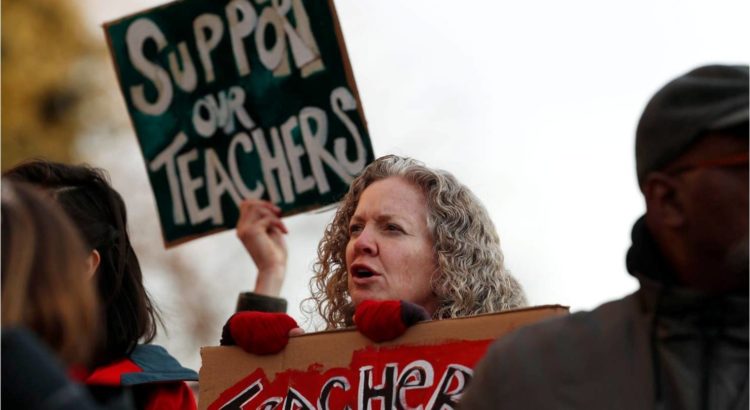
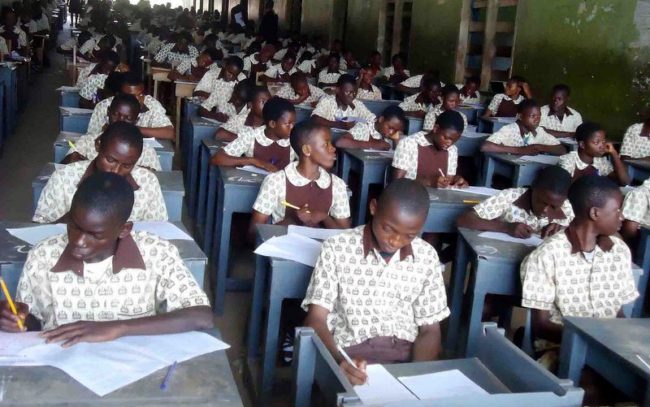






 Users Today : 35
Users Today : 35 Total Users : 35460052
Total Users : 35460052 Views Today : 50
Views Today : 50 Total views : 3418681
Total views : 3418681